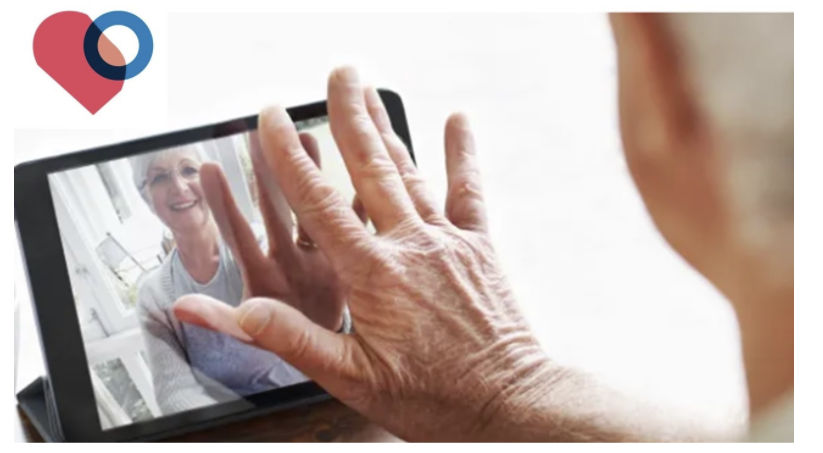
Home health has been here long before what we now know as modern medicine. Even before there were organized hospitals, medicine people of the town / village were making house calls for the sick and delivering babies. Let us define the 21st century vocabulary of home health: Home health is or maybe was defined as “Care in a wide range of health care services that can be given in your home.” Medicare.Gov. The home healthcare provider is a practitioner who checks on a person’s welfare daily, weekly or a few times a month with a myriad of services that range from medication, physical therapy to helping with daily functions like bathing. These services have changed the way we think of healthcare in the modern age. The discussion on changing healthcare always starts with affordability and ends with access. Let us talk about how that access has changed via technology which may play a key role in increasing affordability.
Now that we are in the pandemic period of COVID-19, new information on using technology and revitalizing home services is key. Just like food delivery services have been around for generations, the pandemic has forced us to rely on these services more. Thus, more delivery services are faster and easier. What was once viewed as a convenience became a transport of necessity that changed personal habits, public perception, and an increase in investment in new technology.
In addition, the pandemic has fostered awareness of telehealth services since in March and April of 2020, most hospitals decided to limit the entry of non-emergency patients to stop the spread of the virus and conserve resources. People who needed to check in with their practitioners had to think of other ways to communicate face to face. As corporations hopped on screen calls, schools had kids logging onto the web for class, telehealth became the access point for medical professionals for a one-one dialogue. In addition, care facilities started to increase the technical aptitude both for the infrastructure and the staff.
At the University of Wisconsin Health, Dr. Pete Newcomer, Chief Medical Officer, states that telehealth was “minimal” before the pandemic but now he sees it at 30% of patient visits. Madison.com The demand for people to converse has not changed, but the method of communication has transformed how it is viewed and distributed to the market. With the Biden Administration’s new plans for a $400 billion investment into “home – or community-based care”, there is going to be more discussion about access, communication and how technology will be at the forefront. Let’s start a new definition – one defined by people, structured in communication and lives in health.
By Dane Flanigan
CEO ultraHealth Agency
